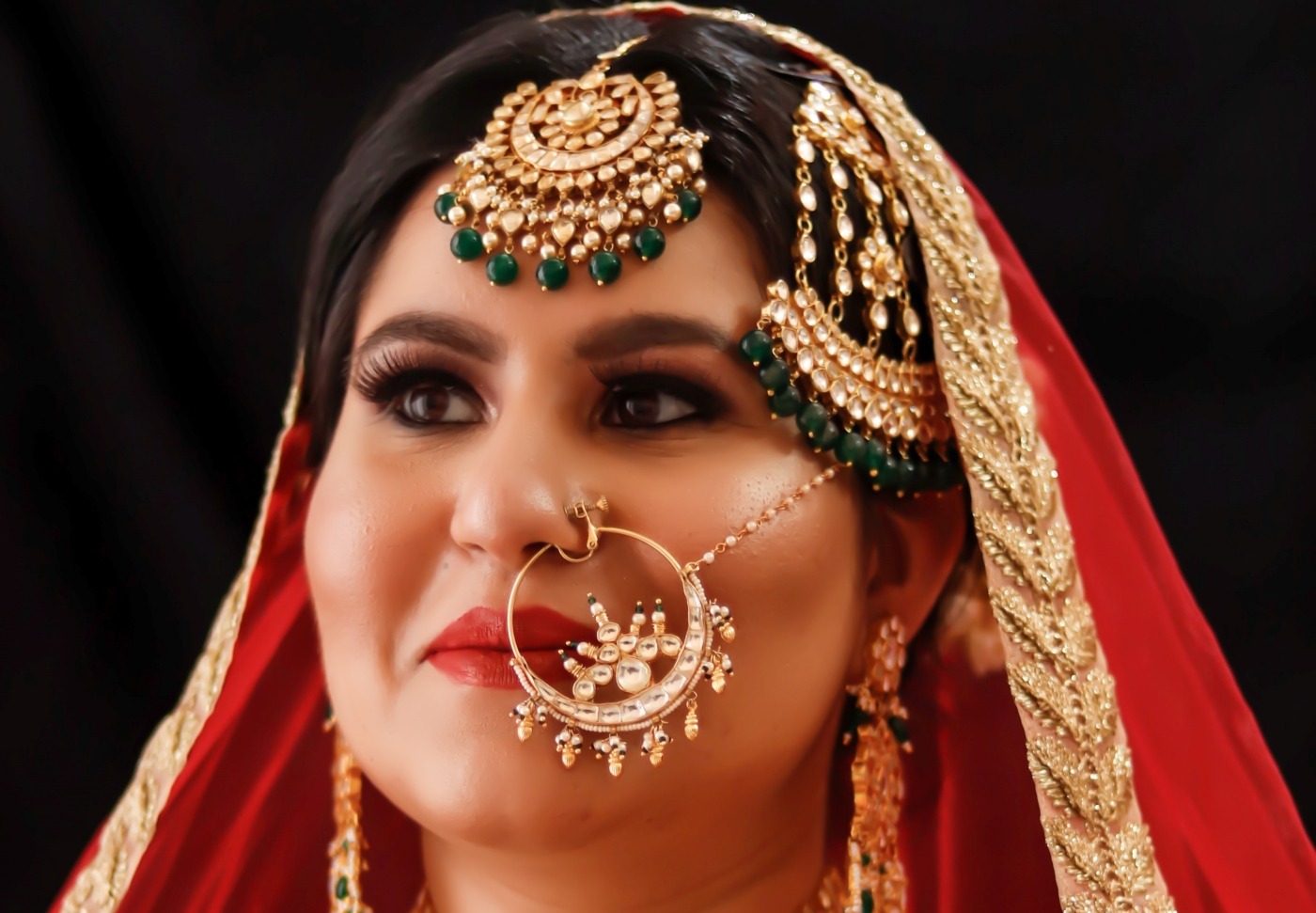Nostril piercings: an expression of identity or just another trend?
Growing up, I had always associated nose piercings – specifically nostril piercings – with the Indian ‘side’ of my mixed-race heritage.
Perhaps I made that association because none of the white adults in my life had any piercings aside from on their earlobes. And while only a few women in my Indian family had a nose piercing, looking at traditional Indian wedding pictures and seeing ornate chains going from the nostril to the ear made me associate nostril piercings with South Asian style and culture.
But what is the history of nostril piercings around the world? And why do they seem to be gaining popularity in the West?
It deterred me from getting a nostril piercing when I was a teenager
The first known written record relating to a nostril piercing dates to over 4000 years ago, found in the Middle East. Nostril piercings were also mentioned in the Bible, with the Book of Genesis describing Abraham’s son Isaac giving his future wife a golden “shanf” (“golden earring” or “nose ring”).
It is thought that nostril piercings were transported from the Middle East to India in the 1500s through the Mughal Empire. The nath (nose ring/stud) is popular across the country, but traditions vary depending on region, culture, and religion.
For example, in South India, many women wear a nath on the right nostril, while in more northern regions, it is more commonly worn on the left nostril. In Ayurvedic sciences – the traditional Hindu healing system – the left nostril is associated with female reproductive organs, and thus a left nostril piercing is thought to alleviate pain during periods and childbirth. Furthermore, a nath traditionally symbolises being married in Hinduism, and a bride’s nostril should be pierced around the time of the wedding.
These Indian traditions definitely would have subconsciously impacted how I perceived nostril piercings when I was growing up. In fact, the association I made between the two was so strong that it deterred me from getting a nostril piercing when I was a teenager, for fear that it would make me ‘look too Asian’. I had internalised the racism I saw around me and attempted to distance myself away from any Indian culture.
Nostril piercings have maintained a strong place in Western fashion
I eventually grew out of this naïve mindset – and I am so grateful I did. By getting my nostril piercing last year, I felt like I was marking the end of an ignorant outlook that held me back for so long and I was symbolising the journey of embracing my heritage. However, nostril piercings have also gained popularity in the Western world. Perhaps my nostril piercing wasn’t actually me symbolising anything, but just hopping on the bandwagon of yet another trend?
Although nostril piercings were first introduced to the West in the early 20th Century, they were not popularised until the 1960s, with the hippie movement in the US. They were seen as a sign of rebellion against the status quo. This perception continued with nostril piercing’s prominence in goth and punk rocker culture in the 1970s and 1980s.
Since then, nostril piercings have maintained a strong place in Western fashion and are also not just limited to women’s specific styles. Nowadays, piercings and tattoos are more accepted in some professions, allowing people to express themselves how they choose.
Nostril piercings can become prominent symbols of one’s identity for some
Indeed, just because they are more accepted and are seen as a ‘trend’, for some people piercings are still an expression of identity. For example, nose piercings – including nostril and septum piercings – are common amongst the LGBTQ+ community and some see piercings as being tied to their queer identity.
Some might attribute the rise in popularity of nostril piercings in the West to the prominence of cultural appropriation. Some might see it simply as an exchange of cultures, similar to how nostril piercings were transported from the Middle East to the Indian subcontinent. Either way, nostril piercings are now a firm favourite in Western fashion trends.
But their popularity does not take away from how nostril piercings can become prominent symbols of one’s identity for some. They can be both a fashionable accessory and an expression of culture, rebellion, or sexuality.

Comments